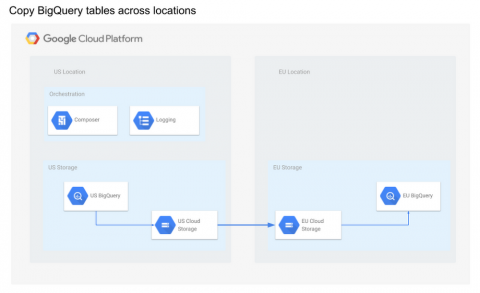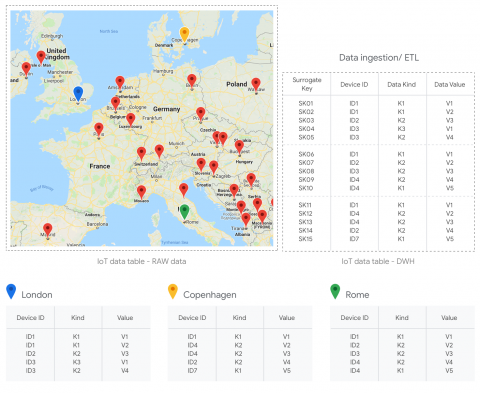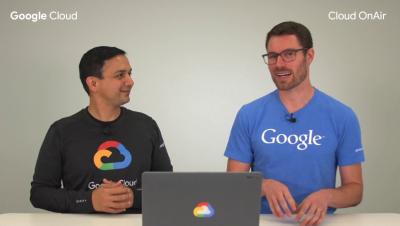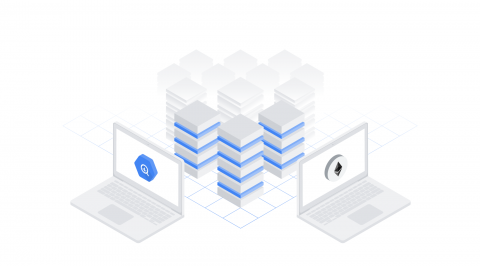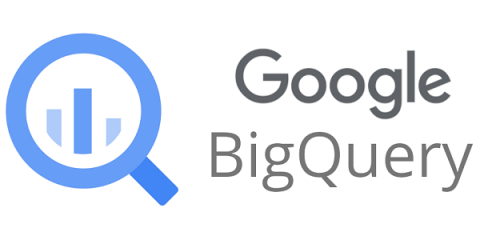Systems | Development | Analytics | API | Testing
Google BigQuery
How to transfer BigQuery tables between locations with Cloud Composer
BigQuery is a fast, highly scalable, cost-effective, and fully-managed enterprise data warehouse for analytics at any scale. As BigQuery has grown in popularity, one question that often arises is how to copy tables across locations in an efficient and scalable manner. BigQuery has some limitations for data management, one being that the destination dataset must reside in the same location as the source dataset that contains the table being copied.
BigQuery and surrogate keys: a practical approach
When working with tables in data warehouse environments, it is fairly common to come across a situation in which you need to generate surrogate keys. A surrogate key is a system-generated identifier that uniquely identifies a record within a table. Why do we need to use surrogate keys? Quite simply: contrary to natural keys, they persist over time (i.e. they are not tied to any business meaning) and they allow for unlimited values.
Using BigQuery with C#
Ethereum in BigQuery: how we built this dataset
In this blog post, we’ll share more on how we built the BigQuery Ethereum Public Dataset that contains the Ethereum blockchain data. This includes the primary data structures—blocks, transactions—as well as high-value data derivatives—token transfers, smart contract method descriptions.
Cloud OnAir: CE TV: Unlocking Data Analytics and Machine Learning with BigQuery ML
Ethereum in BigQuery: a Public Dataset for smart contract analytics
Ethereum and other cryptocurrencies have captured the imagination of technologists, financiers, and economists. Digital currencies are only one application of the underlying blockchain technology. Earlier this year, we made the Bitcoin dataset publicly available for analysis in Google BigQuery. Today we’re making the Ethereum dataset available.
Using BigQuery ML and BigQuery GIS together to predict NYC taxi trip cost
In this article, I’ll walk you through the process of building a machine learning model using BigQuery ML. As a bonus, we’ll have the chance to use BigQuery’s support for spatial functions. We’ll use the New York City taxicab dataset, with the goal of predicting taxi fare, given both pick-up and drop-off locations for each ride — imagine that we are designing a trip planner.
What's happening in BigQuery: integrated machine learning, maps, and more
In this month’s installment of What’s Happening in BigQuery, we’re sharing new features intended to make your life easier: some make BigQuery more performant and more cost effective, while others, like BigQuery ML, enable groundbreaking analysis tools in a cloud data warehouse that’s a first of its kind. First off, we just finished Next ‘18, our annual event focused on all things cloud.



